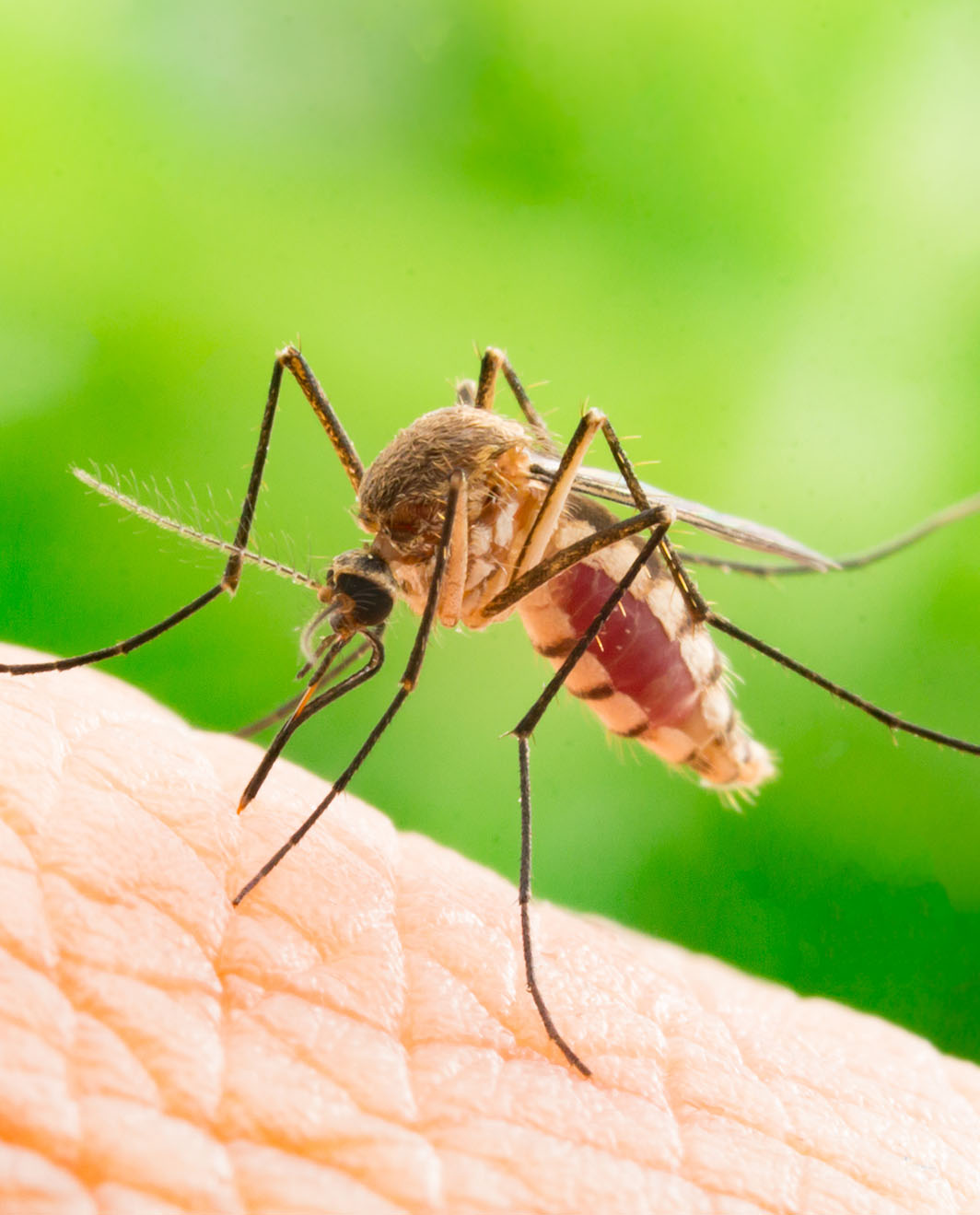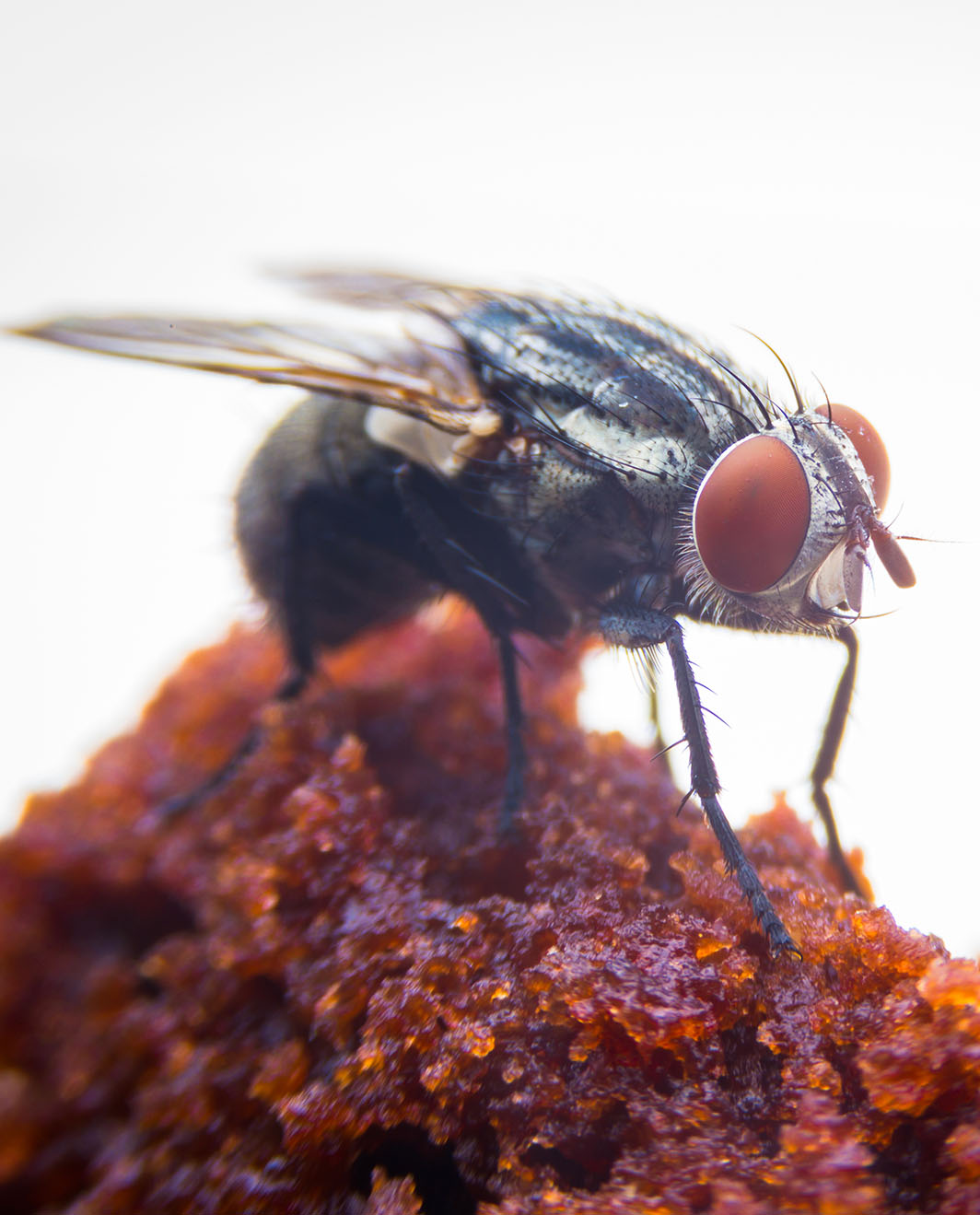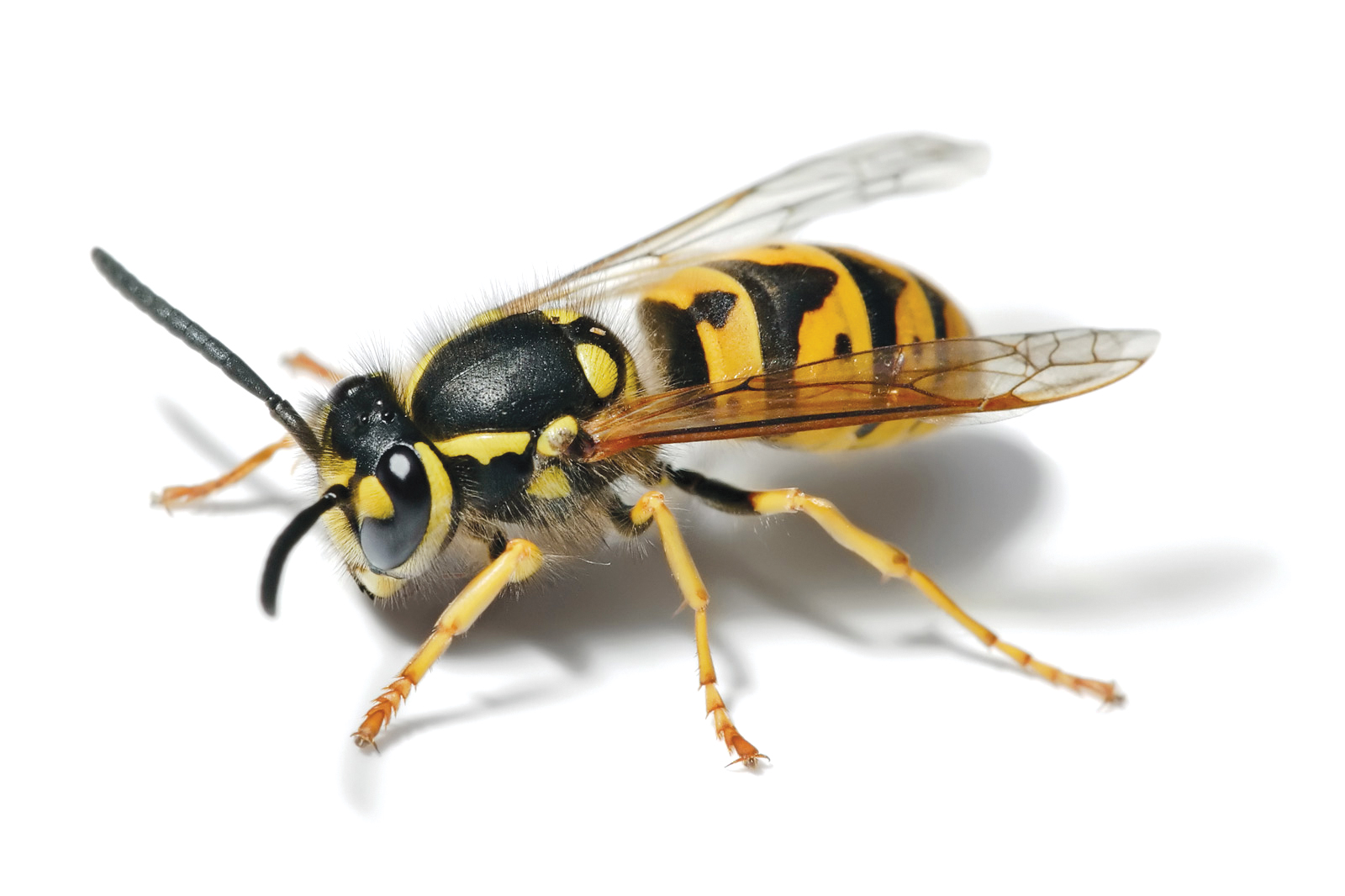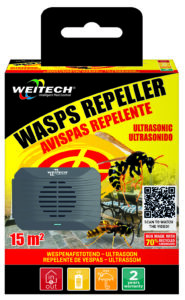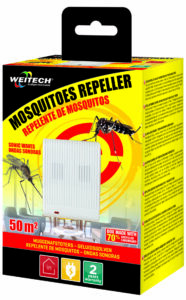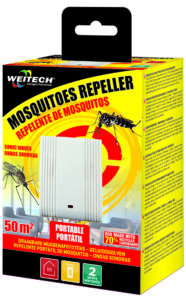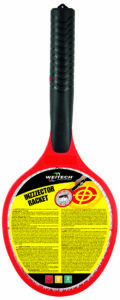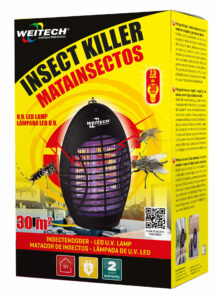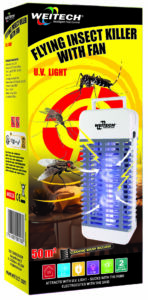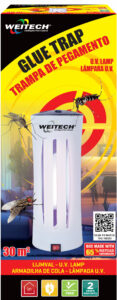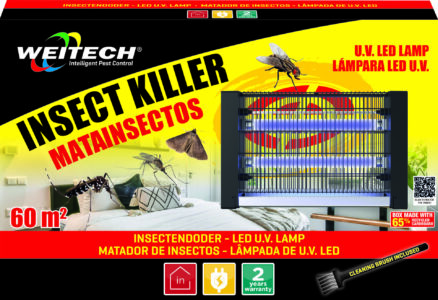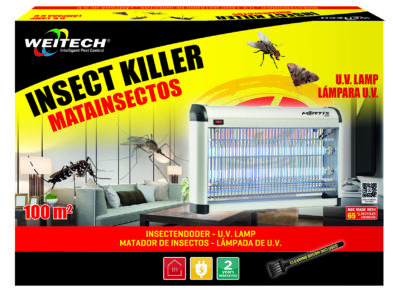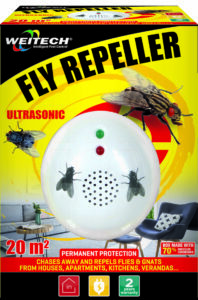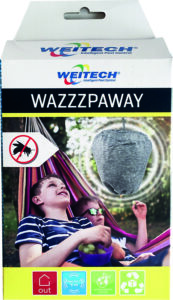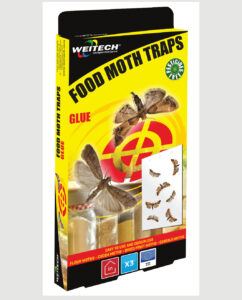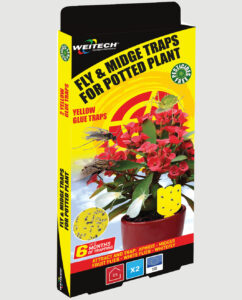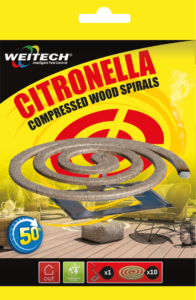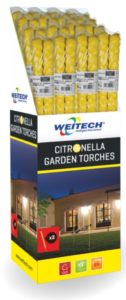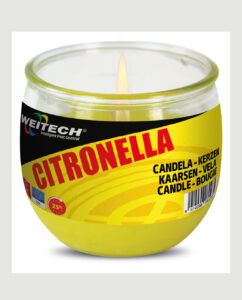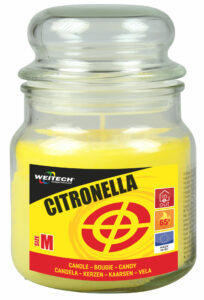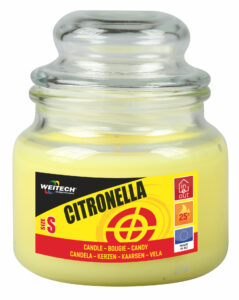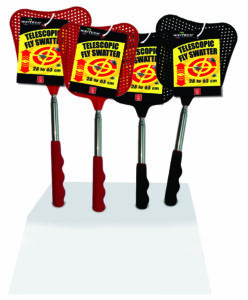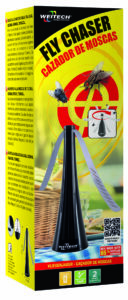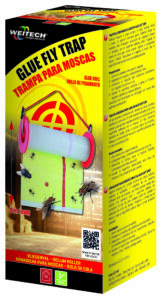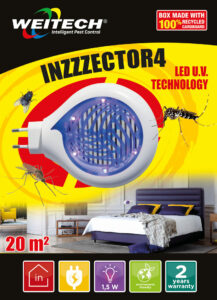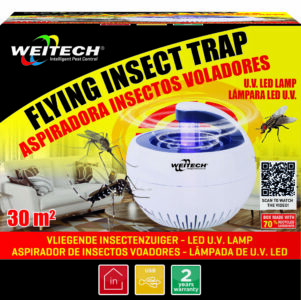Weitech electronic pest control devices: against flying insects.
Pest Control Europe manufactures and distributes powerful anti-insect devices to commercial companies and private individuals.
Insecticides sold in hypermarkets are generally harmful to health and to the environment. Pest Control Europe offers you a less aggressive and more natural alternative.
WEITECH ultrasonic repellers drive pests away effectively and in a 100% environmentally friendly manner.
Playing powerful ultrasonic signals disorientates insects, which can no longer hear the sounds around them. Their environment then becomes hostile to them and they are forced to leave the area. There is no problem if you have cats or dogs: all our pest control devices against flying insects are harmless to pets.
WEITECH: an ongoing commitment
Pest Control Europe pays particular attention to the client needs and satisfaction and this requirement naturally extends through high-quality after sales service. If you have questions about the operation of your device: Our after sales service technicians are open to your questions to find a solution to your problem.
WEITECH pest control devices have a two-year warranty and comply with European standards, including the RoHS environmental standard.
Are you a dealer or a private individual? Pest Control Europe distributes products in more than 30 countries in Europe, Africa and the Middle East. Please do not hesitate to contact us for further information via our contact form.
Wasps are usually 10 to 19 mm long and their basic morphology is similar to that of bees and gendered ants: In particular, the head has mandibles and a pair of antennae, a pair of eyes composed of three infra-red eye spots, a thorax with six legs and four membranous wings and finally a brightly coloured abdomen with a sting at the end linked to a venom gland.
In 1999, the smallest known wasp, Mymaridae, measured 0.2 mm1
Burrowing wasps:
There are about 9000 species of burrowing wasps in the world. These are solitary insects. For its nest, the female can:
- use a variety of cavities (hollow stems, crevices);
- build nests out of all sorts of components (in soil);
- dig several cells in the soil.
- The nest will be full of arthropods (mature insects, larvae, spiders), frequently paralysed by the wasp venom and on which they lay eggs.
Spider wasps:
These are solitary insects. The female feeds its larvae with spiders (one spider per egg). She either uses the spider’s nest or a pre-existing cavity, or it digs a hole in the ground before or after capturing prey.
Potter wasps and social wasps:
Potter wasps (Vespidae family) make small nests out of clay or mud. Some species are solitary; others are social.
Wasp stings:
About 15 people die of bee, wasp and hornet (hymenoptera) stings every year in France, mostly allergic people. Only the female has a venomous sting.
These stings can be very dangerous to allergic people.
The wasp stings fiercely because its sting is not equipped with a barb; as a result, it can sting several times without losing its life, unlike the bee.
How to tell a wasp from a bee:
- Colour:Couleur :
- Wasps are bright yellow with black stripes, while bees are browner in colour (except the carpenter bee, which is black all over).
- Morphology:
- The wasp’s abdomen and body are highly distinctive, thin and with few hairs. Bees, on the other hand, are more compact and hairy.
- Bees have a modified hind leg articulation called a corbicula or pollen basket for transporting the pollen it harvests. This is not the case with wasps.
- The wasp keeps its sting and stays alive after it stings, while the bee loses its sting and dies.
Feeding:
Bees feed on nectar. Wasps feed on sugar, decomposing fruit and occasionally honey from beehives. To feed their larvae, wasps have to hunt other insects, which they cut into small pieces (some of them lay eggs directly on the body of the prey, which has been stung and stored in the nest). After chewing the pieces of meat, they serve them to their larvae. Wasps therefore do not produce any honey.
Their nests and social organisation are very different: bees have a highly complex way of life, while that of the wasps is rudimentary.
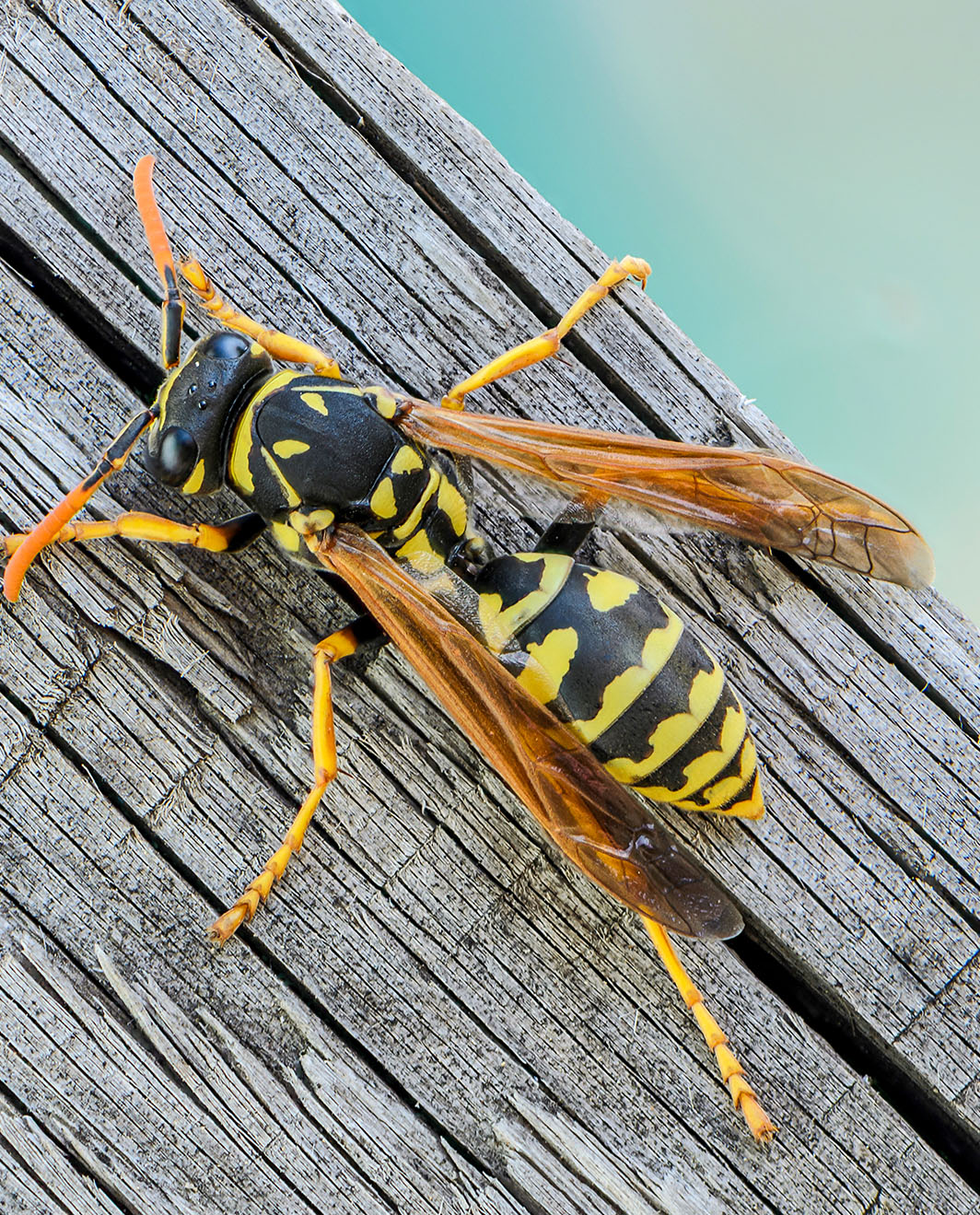
Our Protection from Insects range was featured in Bricomagazine (Issue September 2025), in an article about innovative home solutions.
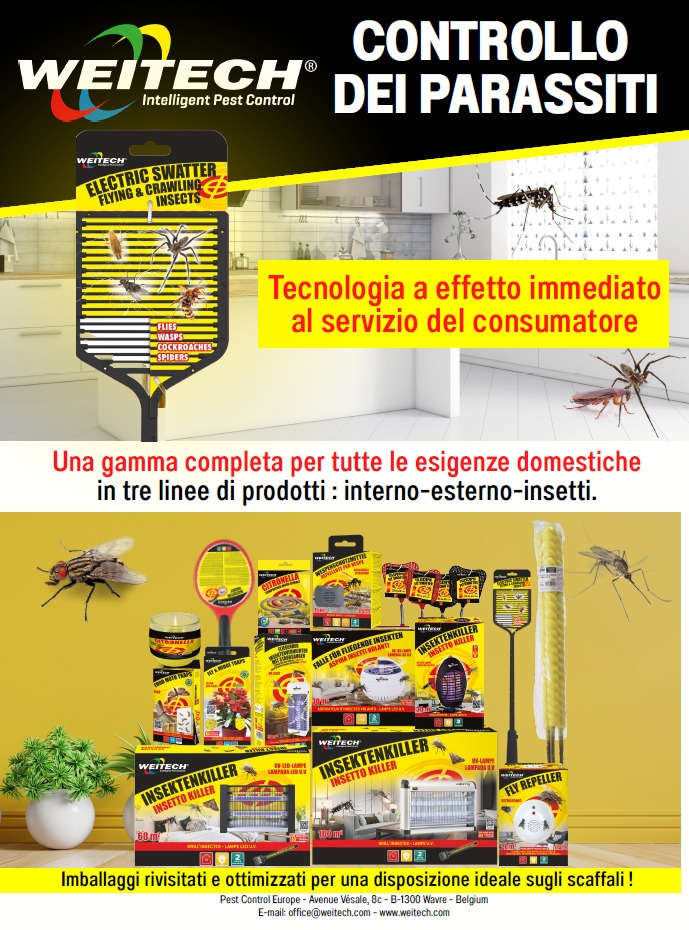
Weitech products to protect you from insects::

